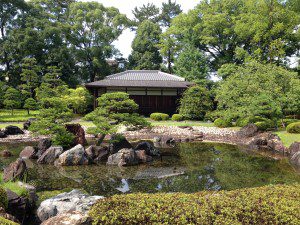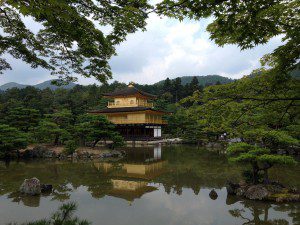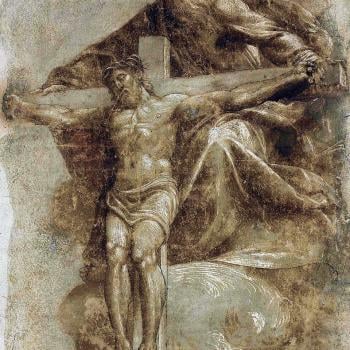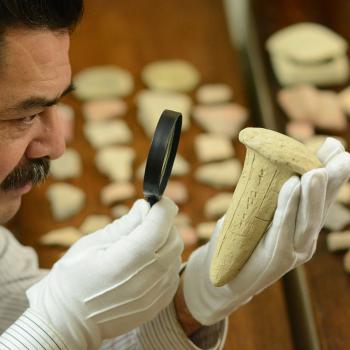 One of the values of the Japanese people I prize most is their sense of wonder in the face of nature. As one who spends most of my days in the Pacific Northwest, I find quite striking people’s love for the beauty and grandeur of the creation. Such love is by no means lacking in the Japanese psyche. Shrines involving nature, gardens—including garden temples, and the art of flower arrangement, among other things, reveal the Japanese preoccupation with the vast mystery of nature. Such fascination was on dramatic display during our recent trip to Kyoto.
One of the values of the Japanese people I prize most is their sense of wonder in the face of nature. As one who spends most of my days in the Pacific Northwest, I find quite striking people’s love for the beauty and grandeur of the creation. Such love is by no means lacking in the Japanese psyche. Shrines involving nature, gardens—including garden temples, and the art of flower arrangement, among other things, reveal the Japanese preoccupation with the vast mystery of nature. Such fascination was on dramatic display during our recent trip to Kyoto.
During that trip, we also had opportunity to listen to a small group of Japanese intellectuals reflect deeply upon the relation of faith and science. As with Japanese people generally as well as these scholars, this sense of wonder and mystery was not lacking in the thought of Kagawa Toyohiko (1880-1960). Recently, his final work, Cosmic Purpose (1958), was translated into English. Editor Thomas Hastings (one of the scholars present in Kyoto) provides an invaluable introduction. Kagawa was a noted Christian evangelist, activist, and intellectual. Such luminaries as Albert Einstein and Bertrand Russell engaged him during their visits to Japan.
While accepting evolutionary thought, Kagawa challenged the materialism of Darwinism and H. G. Wells’ claim that we must renounce the belief that evolution involves purpose. As Cosmic Purpose illustrates, Kagawa goes to great length to demonstrate purpose in the universe through sustained consideration of a vast array of scientific discoveries. Captured by the Japanese sense of mystery in the face of nature and his core Christian commitments, Kagawa offers the reader much to ponder. His rare combination of intellectual, scientific rigor and social activism coupled with a robust mystical intuition may help bridge the long-standing gap between the theoretical, practical and aesthetic dimensions of life in our scientific age.














